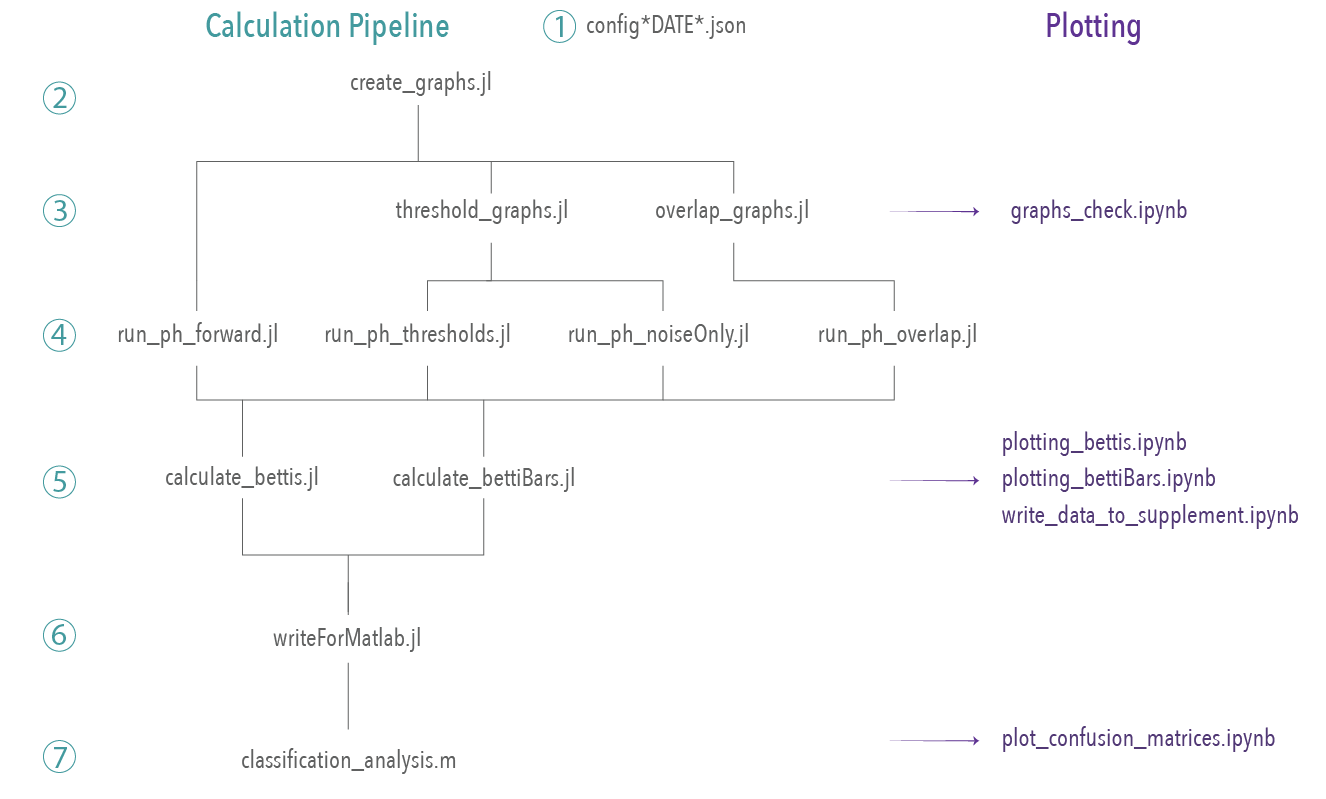Variability in higher order structure of noise added to weighted networks
From spiking activity in neuronal networks to force chains in granular materials, the behavior of many real-world systems depends on a network of both strong and weak interactions. These interactions give rise to complex and higher-order system behaviors, and are encoded using data as the network's edges. However, distinguishing between true weak edges and low-weight edges caused by noise remains a challenge. We address this problem by examining the higher-order structure of noisy, weak edges added to model networks. We find that the structure of low-weight, noisy edges varies according to the topology of the model network to which it is added. By investigating this variation more closely, we see that at least three qualitative classes of noise structure emerge. Furthermore, we observe that the structure of noisy edges contains enough model-specific information to classify the model networks with moderate accuracy. Finally, we offer network generation rules that can drive different types of structure in added noisy edges. Our results demonstrate that noise does not present as a monolithic nuisance, but rather as a nuanced, topology-dependent, and even useful entity in characterizing higher-order network interactions. Hence, we provide an alternate approach to noise management by embracing its role in such interactions.
PDF Abstract
